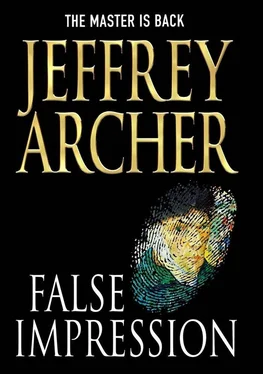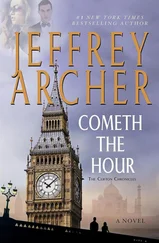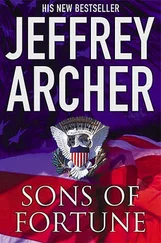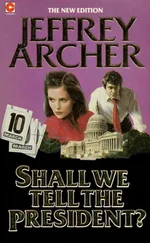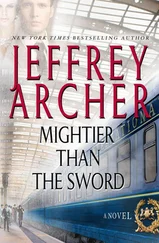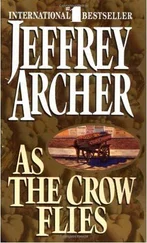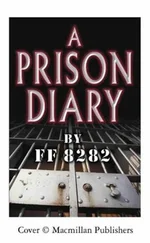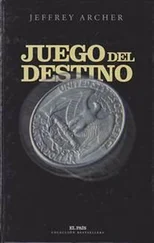They all moved safely through the first green and then the second, but when the third light turned amber Jack’s taxi was the last to cross the intersection. As they passed in front of the Imperial Palace gardens, he tapped the driver on the shoulder in appreciation. He leaned forward, willing the next light to remain green. It turned amber just as Petrescu’s taxi crossed the intersection. “Go, go,” shouted Jack, as two of the taxis in front of them followed Anna across, but instead of the driver pressing hard down on his accelerator and running the lights, he came meekly to a halt. Jack was about to explode, when a police patrol car drew up beside them. Jack stared ahead. The green Toyota had come to a halt at the next light. He was still in with a chance. The lights were running in a sequence and all changed within seconds of each other. Jack willed the patrol car to turn right so they could make up any lost ground, but it remained resolutely by their side. He watched as her green taxi swung left onto Eitaidori Avenue. He held his breath, once again willing the green light not to change, but it turned amber and the car ahead of them came to a halt, having no doubt spotted the patrol car in its wake. When the light eventually returned to green, the longest minute Jack could remember, his driver quickly swung left, only to come face-to-face with a sea of green. It was bad enough that he’d lost Petrescu, but the thought that Crew Cut was probably still on her tail caused Jack to turn and curse the patrol car, just as it turned right and drifted away.
Krantz watched attentively as the green taxi edged across to the inside lane and drew up outside a modern, white marble building in Otemachi. The sign above the entrance, MARUHA STEEL COMPANY, was in Japanese and English, as is common with most international companies in Tokyo.
Krantz allowed her taxi to pass the front of the building before she asked the driver to draw into the curb. She turned and watched through the rearview window as Anna stepped out. Her driver walked to the back of the taxi and opened the trunk. Anna joined him as the doorman came running down the steps to assist. Krantz continued to watch as the two men carried the wooden box up the steps and into the building.
Once they were out of sight, Krantz paid her fare, stepped out of the car, and slipped into the shadows. She never kept a cab waiting unless absolutely necessary. That way, they were unlikely to remember her. She needed to think quickly, in case Petrescu suddenly reappeared. Krantz recalled her brief. Her first priority was to repossess the painting. Once she had done that, she was free to kill Petrescu, but as she had just got off a plane she didn’t have a weapon to hand. She was satisfied that the American no longer posed a threat and briefly wondered if he was still roaming around Hong Kong in search of Petrescu, or the picture, or both.
It was beginning to look as if the painting had reached its destination; there had been a full page on Nakamura in the file Fenston had given her. If Petrescu reappeared with the crate, she must have failed, which would make it that much easier for Krantz to carry out both of her assignments. If she walked out only carrying her briefcase, Krantz would need to make an instant decision. She checked to make sure that there was a regular flow of taxis. Several passed her in the next few minutes, half of them empty.
The next person through the door was the taxi driver, who climbed back behind the wheel of his Toyota. She waited for Petrescu to follow, but the empty green cab swung onto the street, in search of its next customer. Krantz had a feeling that this was going to be a long wait.
She stood in the shadows of a department store on the opposite side of the road and waited. She looked up and down a street full of designer label shops, which she despised, until her eyes settled on an establishment that she had only read about in the past and had always wanted to visit: not Gucci, not Burberry, not Calvin Klein, but the Nozaki Cutting Tool Shop, which nestled uneasily among its more recent neighbors.
Krantz was drawn to the entrance as a filing is to a magnet. As she crossed the road, her eyes remained fixed on the front door of the Maruha Steel Company in case Petrescu made an unscheduled reappearance. She suspected that Petrescu’s meeting with Mr. Nakamura would last some considerable time. After all, even he didn’t spend that amount of money without expecting several questions to be answered.
Once across the road, Krantz stared into the window, like a child for whom Christmas had come three months early. Tweezers, nail clippers, left-handed scissors, Swiss Army knives, long-bladed tailor’s shears, a Victorinox machete with a fifteen-inch blade — all played second fiddle to a ceremonial samurai sword (circa 1783). Krantz felt that she had been born in the wrong century.
She stepped inside to be met with row upon row of kitchen knives, for which Mr. Takai, a samurai’s descendant, had become so famous. She spotted the proprietor standing in one corner, sharpening knives for his customers. Krantz recognized him immediately, and would have liked to shake hands with the maestro — her equivalent of Brad Pitt — but she knew she would have to forgo that particular pleasure.
While keeping a wary eye on the Maruha Company’s front door Krantz began to study the hand-forged Japanese implements — razor-sharp and deceptively light, with the name NOZAKI stamped into the shoulder of each blade, as if, like Cartier, they wished to emphasize that a counterfeit was not acceptable.
Krantz had long ago accepted that she could not risk carrying her preferred weapon of death on a plane, so she was left with no choice but to pick up a local product in whichever country Fenston needed a client account closed indefinitely.
Krantz began the slow process of selection while being serenaded by suzumushi — bell crickets — in tiny bamboo cages suspended from the ceiling. She stared back at the entrance door across the road, but there was still no sign of Petrescu. She returned to her task, first testing the different categories of knife — fruit, vegetable, bread, meat — for weight, balance, and size of blade. No more than eight inches, never less than four.
In a matter of minutes, Krantz was down to three, before she finally settled on the award-winning Global GS5 — fourteen centimeters, which, it was claimed, would cut through a rump steak as easily as a ripe melon.
She handed her chosen instrument to an assistant, who smiled — such a thin neck — and wrapped the kitchen knife in rice paper. Krantz paid in yen. Dollars would have drawn attention to her, and she didn’t possess a credit card. One last look at Mr. Takai before she reluctantly left the shop to return to the anonymity of the shadows on the other side of the road.
While she waited for Petrescu to reappear, Krantz removed the rice paper from her latest acquisition, desperate to try it out. She slipped the blade into a sheath that had been tailor-made to fit on the inside of her jeans. It fit perfectly, like a gun in a holster.
The receptionist could not hide her surprise when the doorman appeared carrying a wooden crate. She placed her hands in front of her mouth — an unusually animated response for a Japanese.
Anna offered no explanation, only her name. The receptionist checked the list of applicants to be interviewed by the chairman that afternoon and placed a tick next to “Dr. Petrescu.”
“Mr. Nakamura is interviewing another candidate at the moment,” she said, “but should be free shortly.”
“Interviewing them for what?” asked Anna.
“I have no idea,” said the receptionist, seeming equally puzzled that an interviewee needed to ask such a question.
Читать дальше
